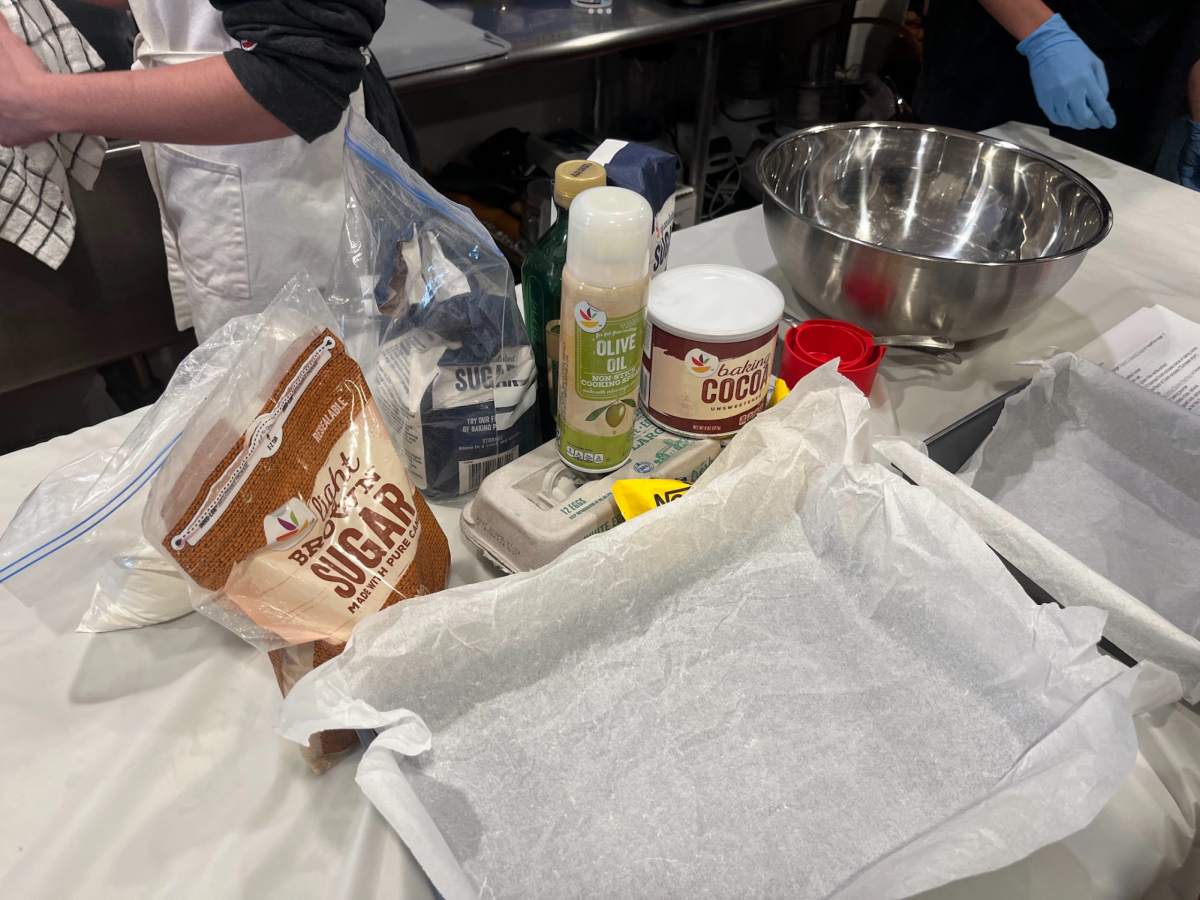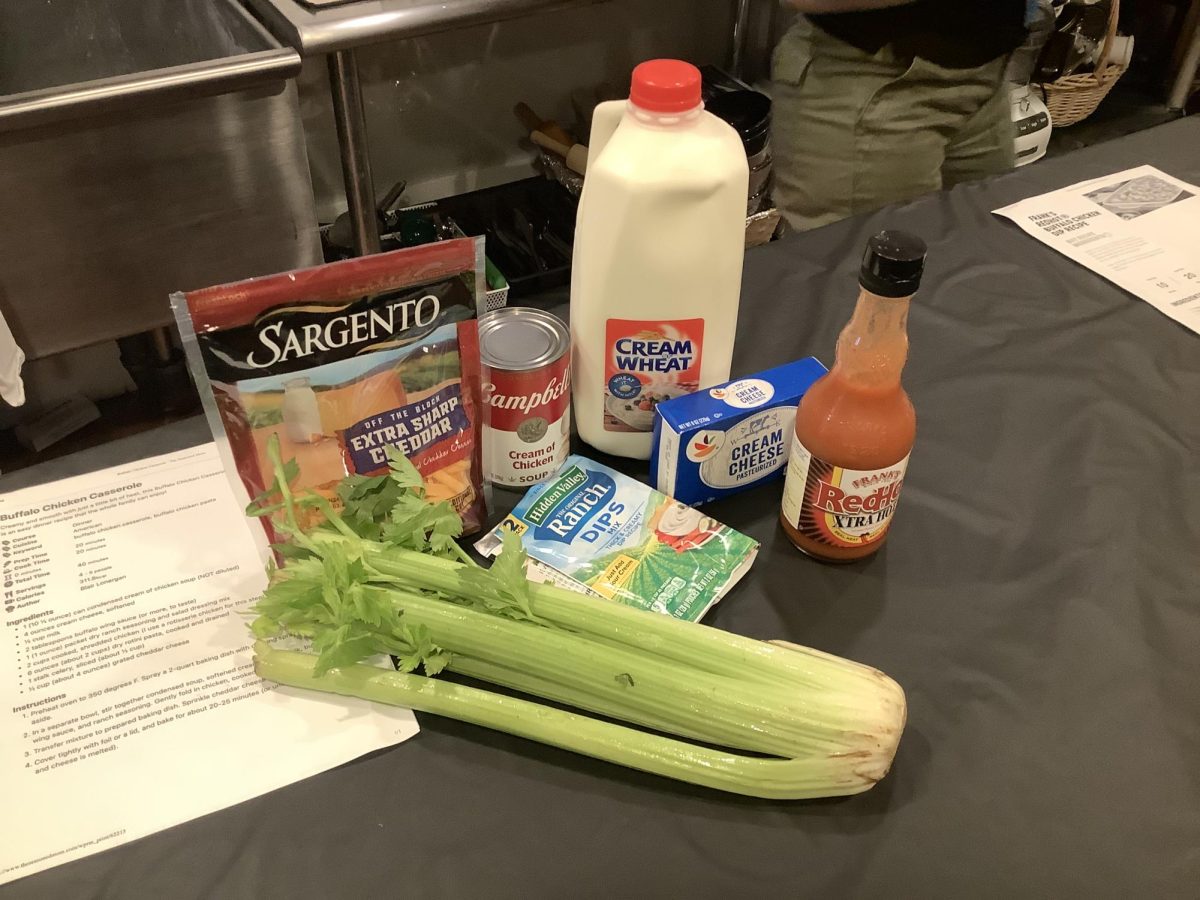Over the past few weeks, the internet has been filled with pictures of a mysterious pink lake in the center of Melbourne, Australia. This sparks a question: Are such lakes real? And if they are, how do they become pink? The answer may surprise you.

Those pictures flooding social media are actually real, and it’s completely natural! And they can happen all over the world, too! For this specific lake in Melbourne, it’s an annual occurrence. When the weather gets dry and water starts evaporating, the salinity of the water drastically increases. The result is a lake with salinity levels about ten times higher than the ocean. That’s more salty than the Dead Sea, at nine times higher than ocean water. This makes it almost impossible for any organism to live there. But there is one in particular that stays.
There is a species of algae that loves salt, and also produces carotenoids, or red-colored pigments. When these algae are the only things living in a lake, it’s only a matter of time before the carotenoids fill the lake and give it that hot pink color.
The carotenoid-producing algae live in many lakes all over the world. Most of them aren’t pink though, because they aren’t the only things living in those lakes. One of these is Las Salinas de Torrevieja in Spain, which attracts thousands of flamingos every breeding season. The carotenoids are what make the feathers of flamingos pink, and what makes some brine shrimp pink.


The lakes don’t only have to be pink, though. There are several lakes such as the Laguna Colorada and the Laguna Verde, both part of Eduardo Avaroa Andean Fauna National Reserve in Bolivia, which have many other odd colors, also due to certain algae and minerals in the water. These two, in particular, are blood red and turquoise, respectively.
While this lake in Melbourne looks like it would be a blast to swim in, it’s not the best idea. Getting the water in your eyes would feel like soy sauce, and the salt would crystallize right there in your eyes when it dried. Looking at the lake, however, is perfectly fine, and it attracts many tourists. The lake is expected to return to its normal color when the southern hemisphere starts to cool down and get more rain in June.






